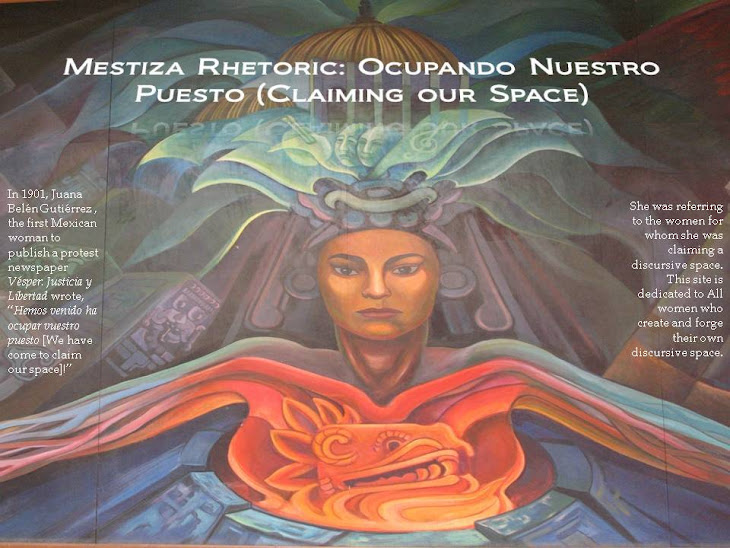




After 10 hours deep of sleep, I felt more than ready for a long day at the archives. Our morning started at Lucy Andrade's house with a breakfast for champions: steak, frijoles, ajuacate, ensalada, pan dulce, y orange juice. One the way to the library, we stopped in several places. The picture of the incredible mural of the hands weighed down by the heaviness of imperialism, I took at the university there in Durango, Universidad Juarez de Durango. Leaving from there, the clouds gathered lightly overhead the incredible catedral 1850. The cross screamed, "Take a picture of me." The grandure of the catedral echoed of times past, countless baptizms, funerals, celebrations, weddings, confirmations, protests... While taking the picture, the 10 o'clock bells chimed, drifting over the bustle of buses, taxis, and cars. I listened closely -
...bong..bong...bong..bong...bong..bong..bong..bong..bong..bong..!
Yes, ten o'clock. But then, other bells chimed; the tone changed, sounding a lower tone. To me, the rhetoric of the bells only gave the time, but to those indigenous of this area heard another story. What did it mean to the men shining shoes, the women selling tortillas, the pedestrians walk with their cell phones to their ears?
Again climbing the stairs to the library, (which are extremely rhetorical) I turned around just to soak in the incredible day I would mostly miss being buried in the archives. Out of breath, I walked to the Hemeroteca, the spanish word for archive. The workers there of the library were busy caring for the archived material. Another group of workers were busy downstairs archiving a tremendous personal collection of a respected lawyer from Durango. (Ugh, I didn't write down the name for gawking at the books.) The image above of a half covered library I took from above on the stairs leading to the basement archive. Hundreds of undiscovered books sit there quietly on the shelves. The public libray of Durango should be commended for taking on such a large project! Other pictures in this blog are of the newspaper archive. The other newspaper pictured, El Independiente, was far to frail to handle or even open. Currently, that newspaper is being microfilmed.
I pulled out the the archived newspaper I was looking for, La Bandera Roja, and started clicking away. (I captured over 300 pictures of the newspaper.) My very supportive husband, Alex, bought me a kick ass 10 mega pixel Canon camera and was able to capture picture after picture of the newspaper's articles. The newspaper, published in 1900 in Durango, Dgo., Mexico, immerged at the apex of the Porfiriato, and in the middle of the counter-movement against the positvist government. With Communist and Marxist leanings, it spoke of radical ideas, such as immancipating women from the Catholic religion, and even giving women the right to participate in Mexican politics. Most significant, I found an article that Juana Belen wrote to the newspaper praising their efforts in the liberal movement. In the letter dated some time around May of 1900, she also reminisced about her home town of Durango : "Para vosotros que traeis el perfume de mis recuerdos...para vosotros que sois para mi la tierra, el aire, el sol, los cantos de las aves, y el perfume de las flores alla, de la tierra mia." I also fell in love with the place. Orange trees growing wild. Sweaters pressed against my shoulders in the evening and the sun licking my neck in the afternoon. People smiling and kindly pointing the way. Tortilla stands and candy stores on every street. A starved Ph.D. student's heaven!

















